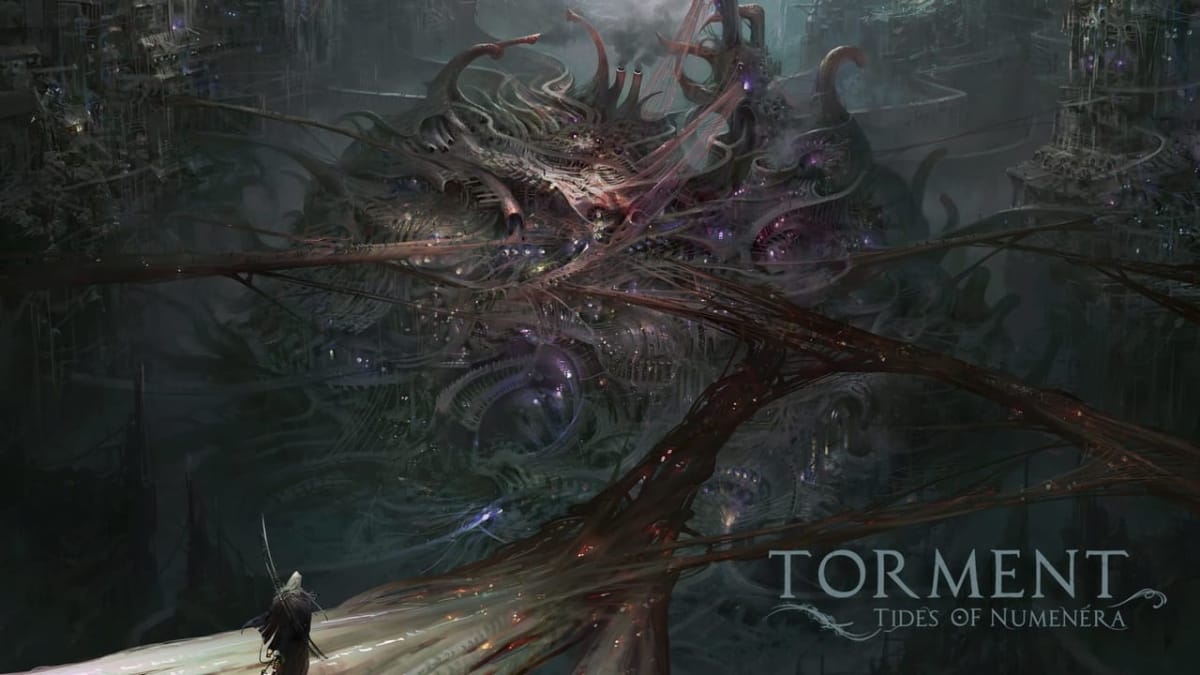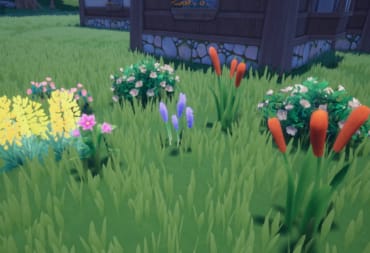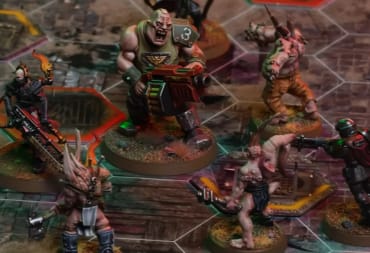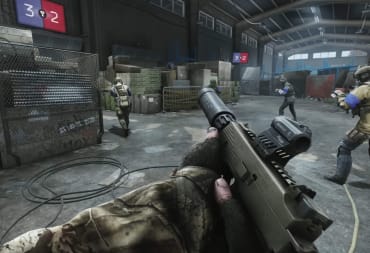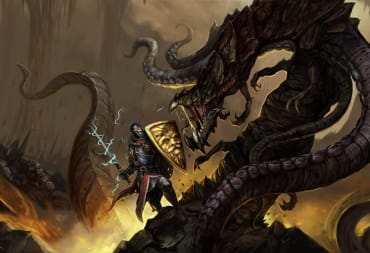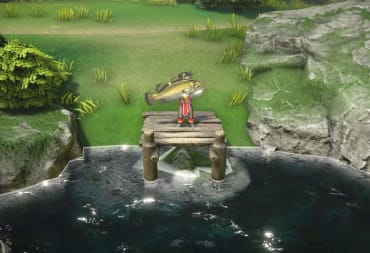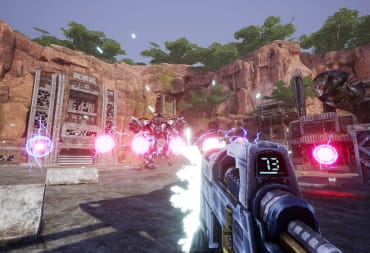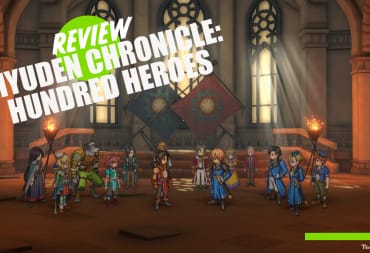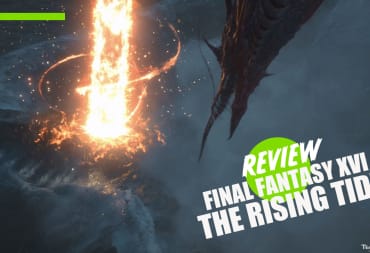The most known of Clarke's three laws recites: "Any sufficiently advanced technology is indistinguishable from magic". It's a sensible statement. In the cases of both magic and advanced technology, we witness the result of the event with no understanding of the phenomenon itself. Many works of literature, cinema and gaming spawned from that seemingly simple concept. Torment: Tides of Numenera is among those that explore that notion more in depth than usual, resulting in the creation of an interesting and enthralling story set in a charming world.
https://www.youtube.com/watch?v=qVAMuk-CV18
This game carries a heavy burden. Planescape: Torment is widely regarded as one of the best (if not THE best) RPGs of all time. Making a spiritual successor for it is no easy task, and the resulting product will be set up for heavy scrutiny by fans and critics alike. InXile knew that well and they went to great lengths to create a game that not only borrows many of the themes and philosophical questions from Planescape (what truly means to be human? What is the worth of a single life?) but dares to expand on such themes with a full set of mechanics aimed to give the players the opportunity to answer these questions themselves.
Torment: Tides of Numenera is set on planet Earth, a billion years in the future. In that timespan, countless civilizations rose and fell. Society has been built on layers upon layers of old and forgotten ruins, making what is now known as the Ninth World. For this reason, one of the most prolific activities in the Ninth World is scavenging in search of ancient technologies. There are many such relics around, spanning from huge and complex constructs to harmless knick-knacks. The prevalence of such ancient-yet-advanced devices creates the basis of the Cypher system, one of the core mechanics of the game.
The story of Tides of Numenera is quite unique. It revolves around an entity called “The Changing God”; a man that managed to develop a technology that allows him to transfer his conscience to new bodies. He subsequently spent the following millennia building more and more advanced receptacles to take over in order to continue his studies. What he didn’t quite predict is that when he leaves a body, a new, fresh conscience spawns into it in its place. At first, he welcomed these “Castoffs” as his offspring but with time he grew complacent and decided they were just side effects of his research and tools to be used.
Another thing he did not predict is that his actions angered ancient powers from beyond. Said powers manifested in the form of “The Sorrow”, a mighty tentacular creature completely devoted to annihilating the changing god and all his castoffs. Most of the game revolves around finding a way to stop this mythic creature from slaughtering you.
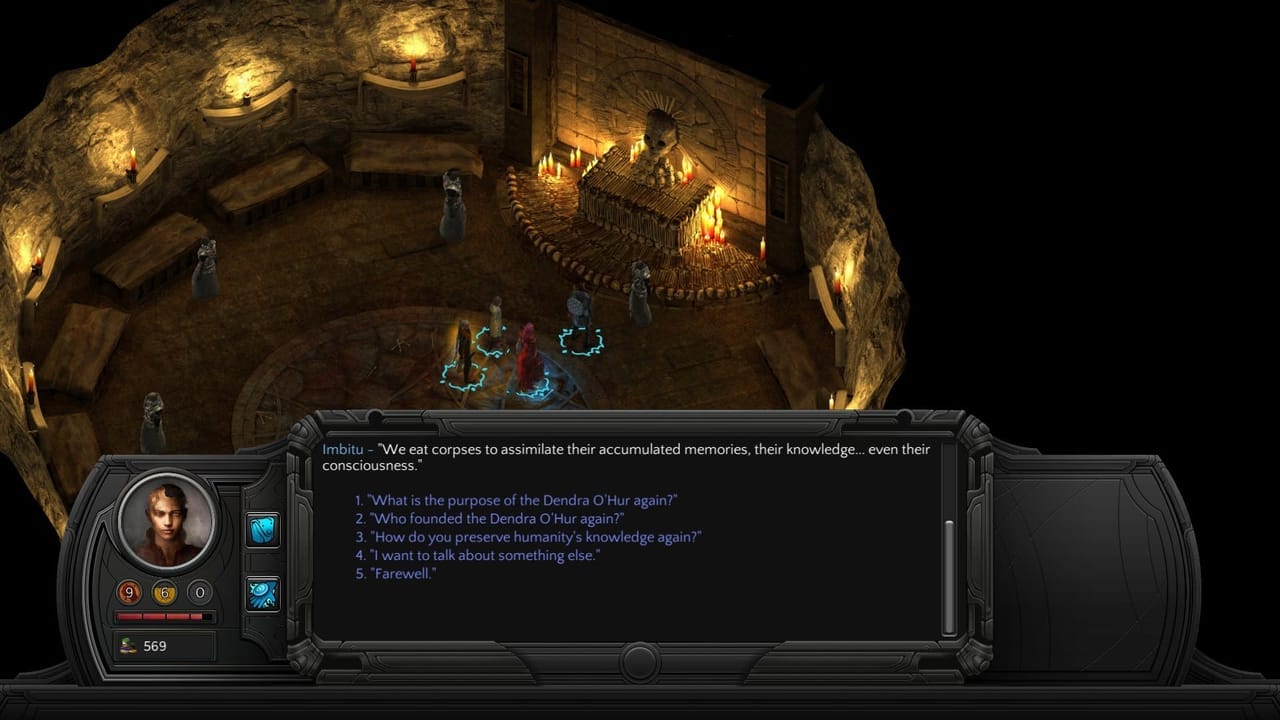
The main character of the game is “The Last Castoff”, as in the conscience that appeared the last time The Changing God decided it was time for a hardware upgrade. The introduction to the game does a good job at putting you in front of how the rest of the experience will be like. As soon as the Last Castoff wakes up, he finds himself falling from a ludicrous height. The game uses this time for a bit of introspection and presenting you a rough outline of the world of the game by explaining what the main character sees from up there.
When you inevitably hit the ground, you learn the first lesson for playing this game: death is not the end (feeling that Torment vibe yet?). Every time you die, you wake up in a place called The Labyrinth which is a materialization of the Last Castoff’s mind. There, you can find some portals to different parts of your own mind and even shadows of people you met in the game (some of which can give you passive bonuses). The first time you access this place is for character creation. You will indulge in the shared memories of some of the past castoffs and then choose if you want to be a Glaive (warrior/fighter), a Nano (technological mage) or a Jack ( an adventure-focused character which is an in between the previous two). Once you created your castoff, you can return to the real world and the game begins.
Let me say, what a world it is. As soon as the Last Castoff gets out of the Labyrinth, he finds himself (or herself) in front of two characters. One is surrounded by the spectral echoes of versions of herself in alternative realities while the other one is covered in tattoos that seem to have a life of their own. That’s just the first impression. In Torment: Tides of Numenera, if a character has a name, it has something really interesting to say. InXile made an awesome job in creating a varied and compelling cast of NPCs. None of them felt forced or poorly made. Even those who have just a couple of lines and have no active part in the actual story do their part in building the world around them.
Such numerous interesting characters only make half of the great world-building work inXile made. The Ninth World is an engrossing place to be in. The game is set in a series of isolated areas, traveling to the next one as the story progresses. This means there’s no world map and no traveling in Tides of Numenera. This follows inXile’s “less is more” politic they followed for Torment: Tides of Numenera. They decided to focus on fewer locations but went the extra mile to make them extremely enjoyable. Each location is packed with quests to complete and lore to take in. This decision definitely paid off. Even if there are few locations, they are sizable, and every sub-area has its own charm.
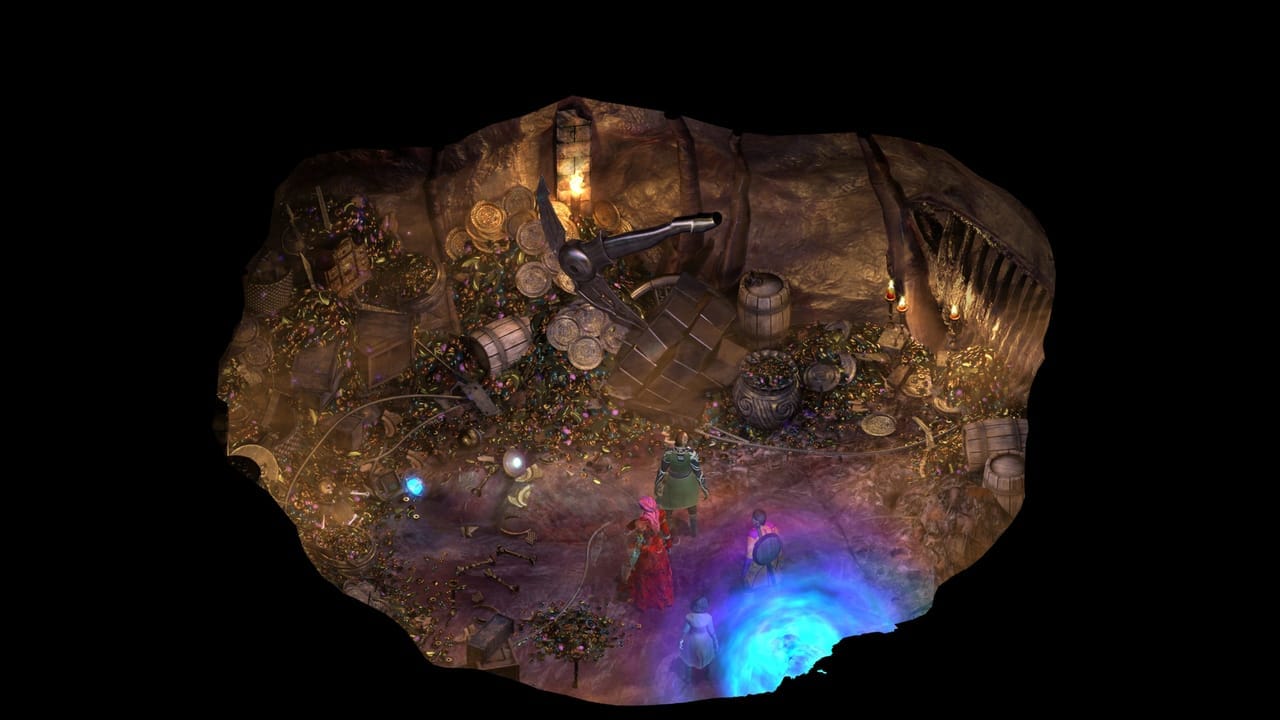
There are two major hubs (Sagus Cliffs and The Bloom) with some other smaller areas in between. All these areas have their own larger stories, encompassed by the events and the locations that are put in it. In Sagus Cliffs, for example, there is a bar who is targeted towards psychics while the Bloom itself is his own story, given it’s the innards of a colossal beast with maws that contain portals towards other worlds or even other timelines.
The starting city is also the place where you’ll meet all the possible companions that you can choose from to form your party. There are 6 available in place of the 9 originally planned. InXile’s “less is more” philosophy paid off in this case, especially considering that each and every one of these characters is designed in such a way to make you care about their stories and the events that made them decide to join the Last Castoff in his adventure. Each of them has a well-defined personality and great lines of dialogue (I’m pretty sure that Rhin is a triple homage to Terry Pratchett). They also have unique abilities and skill that will make them more or less useful in combat or in interactions. Despite the lower than expected number of characters, you are given all the tools to put together a party that can face any adversity.
You have three main stats in Torment: Tides of Numenera: Might, Speed, and Intellect. The interesting thing about these apparently standard stats is that they double as a resource pool. Augmenting your stat points will give your character more health, reflexes, willpower etc, but that’s just the tip of the iceberg.
A stat check in Tides of Numenera is not just a flat roll. You can improve the odds of your success by investing stat points in it. For example, let’s say you want to try to intimidate an NPC. You’ll have a base success rate depending on your skills and other factors. You can then invest one or more points (up to your Effort rate) of your Might pool in order to improve your odds up to 100%. The points you spend this way will not replenish until the party finds a place to sleep or use an item. This additional layer of resource management forces the players to make choices on what is worth investing their limited points in. These resource pools are also critical in combat since you can invest points in your attacks to improve your hit chance and damage. If you’re short on Intellect points because you spent them all to persuade someone to give you information, you may find yourself ill prepared if an enemy suddenly appears.
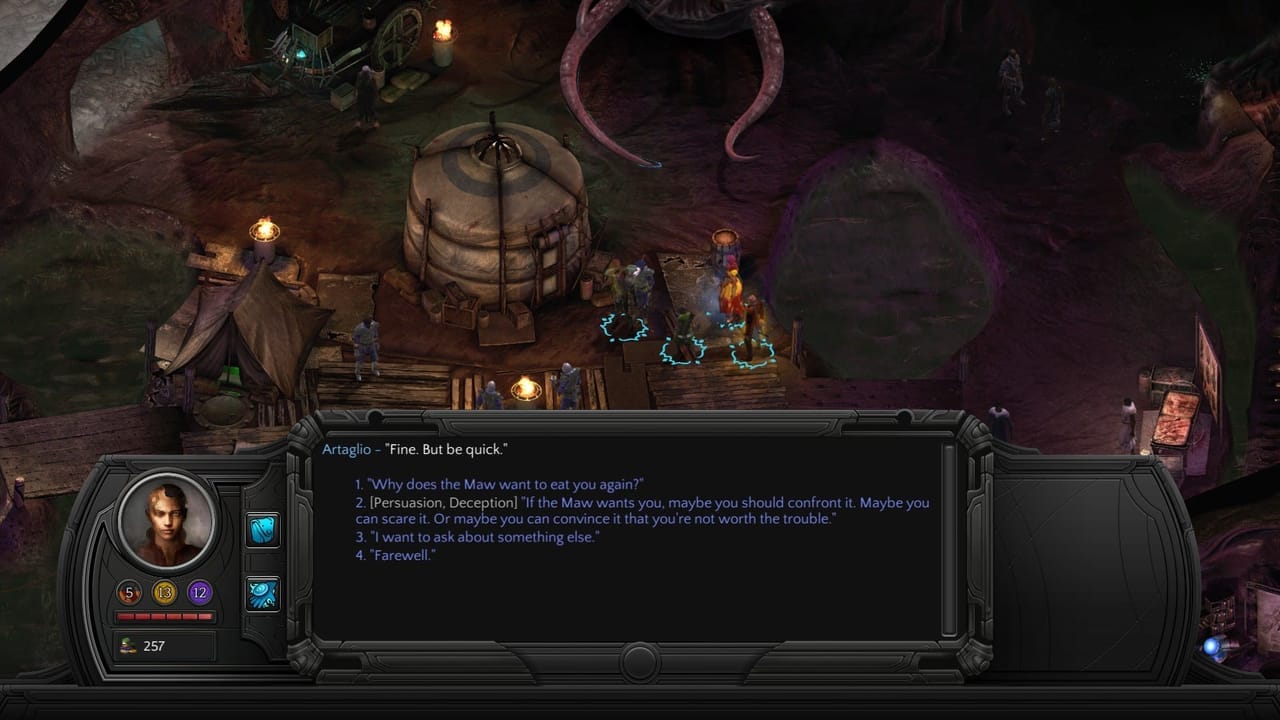
Torment: Tides of Numenera presents the player with plenty of occasions to roll their virtual dice. Having a limited pool of resources to invest in them means that, especially during the early levels, you are going to fail a lot of checks. I’m the kind of guy that likes to reload past saves if an interaction doesn’t go my way (forgive me, father, for I have sinned). To my surprise, I never did this during my playthrough of Tides of Numenera. The “stat pool” system is surely a mechanic that encourages players to quick load a lot in order to pass a skill check while investing the minimum amount of points possible. InXile knew that so they designed the game so that failure doesn’t just mean “you failed, carry on” but may actually open new options instead.
For example, during my playthrough, I was visiting the Fifth Eye (the aforementioned bar for psychics), I met a strange woman with crazy eyes. When I tried to talk to her, she sprung towards my throat. I failed the check to get out of the way and was killed on the spot. I was about to reload when I woke up in the Labyrinth and found the shadow of the woman who killed me. What she told me is a bit of a spoiler so I’ll omit it, but let’s just say that I didn’t really need to load a past save in order to progress satisfactorily.
Another way players can influence the world around them is by using the Tides. Tides are, on the surface, a karma system, but that definition is a bit simplistic. Tides are a measurement of the Last Castoff’s personality in response to the player’s actions. There are five different colored tides and each one of them is linked to a concept. The gold tide is tied to charity and self-sacrifice, Blue tide to curiosity and wisdom, the indigo tide on the pursuit of the greater good, the silver tide to the research of power and success and the red tide to the tendency of following your instincts and emotions. Different actions will raise or lower one or more particular tides.
Your dominant tides will influence the world around you in ways that are not obvious at first. Maybe a scholar will be more eager to help someone with a prominent blue tide, or maybe you’ll be able to persuade someone of your good intentions more easily if your gold tide is high enough. As a general rule, this system should not prevent you from pursuing any option in the game. You’ll not find yourself in a position where you can’t do something because your tide is the wrong color. At the same time, it’s a system that encourages you to mess around with it just to see what happens and that, if anything, improves the game’s replayability.
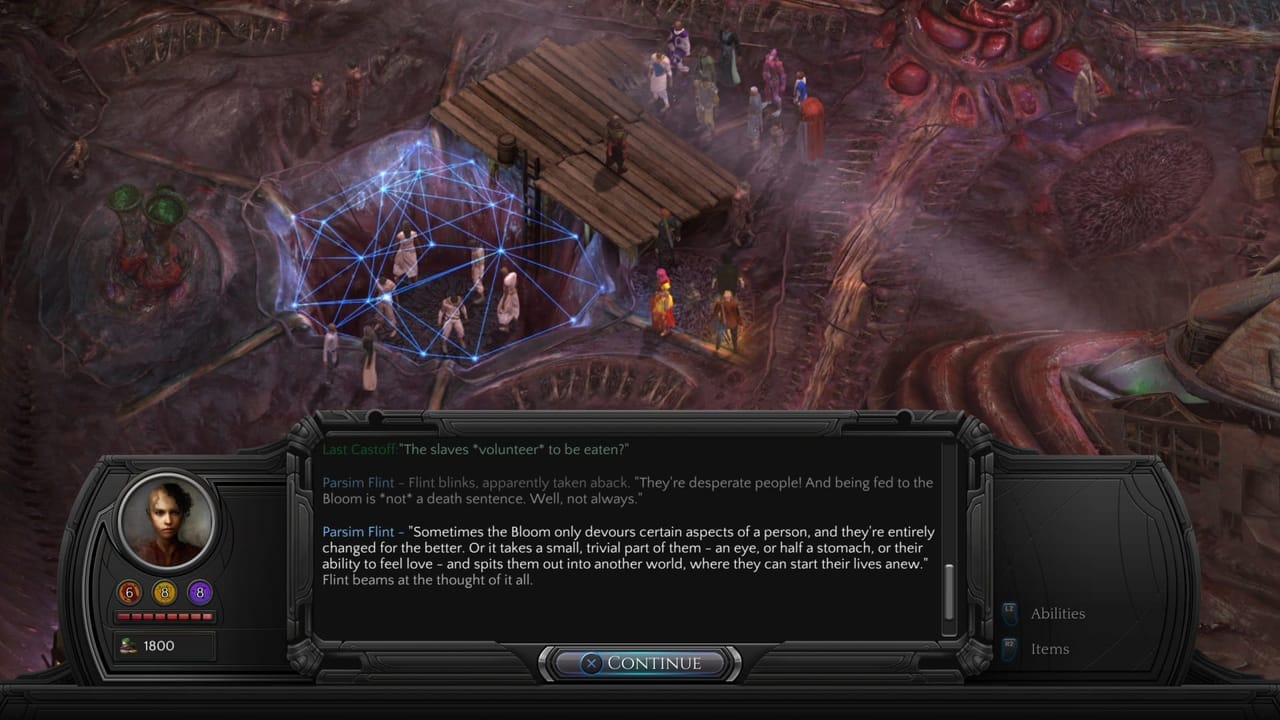
Character progress within Tides of Numenera follows the classic RPG formula with a couple of twists. You acquire experience points by completing quests and tasks and when you gain enough you level up. This process is handled a little differently in Torment: Tides of Numenera.
Your character has different tiers, with every tier being made of four levels. Every time you level up, you can choose to improve your stat pool, one of your skills or abilities, gain a level of edge (which gives you a discount when spending stat points) or a level of effort (which increases the number of points you can invest in a single skill check). You can choose one of these options once per tier. After four level-ups, your tier improves by one. When this happens, you gain some abilities unique to the character plus one or two abilities of your choices. This system gives a good margin of choice in the hands of the player to customize their party as they seem fit while making hard to abuse the system to create an over-the-top destroyer of worlds.
A huge point in favor of Tides of Numenera is that combat is not inevitable. I made a character focused on interaction and persuasion to see if it had an actual impact on the gameplay. It turns out that it does.
There are no random encounters in the game. Every fight happens because there’s a reason behind it narratively. Even then, most of the fights can be avoided. I was able to deceit, persuade or intimidate my way out of most of the possible battles of the game. As a result, I was forced to solve an issue sword in hand only a handful of times in forty hours of gameplay. Even then, fights were often inevitable only because of a bad roll.
There are few instances where the fight is actually inevitable but every time it was justified. Even in those cases, the game is designed in a way that, even if your party is not especially combat oriented, you can find a way to get out of it alive. For example, in a mission I had to free a vault from a swarm of drones that went rogue. There were a lot of them and two of my characters were not particularly good in combat. That’s when I realized that there were consoles scattered around the dungeon. I put three of my guys to keep the drones busy while I sent Rhin, which is really good at hiding and sneaking past them. As soon as she reached the console, she managed to use it to deactivate the drones in the area surrounding it after a few successful skill checks. I repeated this process for the other consoles and went on my merry way. Giving options to the players is never a bad thing, and Torment: Tides of Numenera manages to present you with plenty of ways to accomplish your goal.
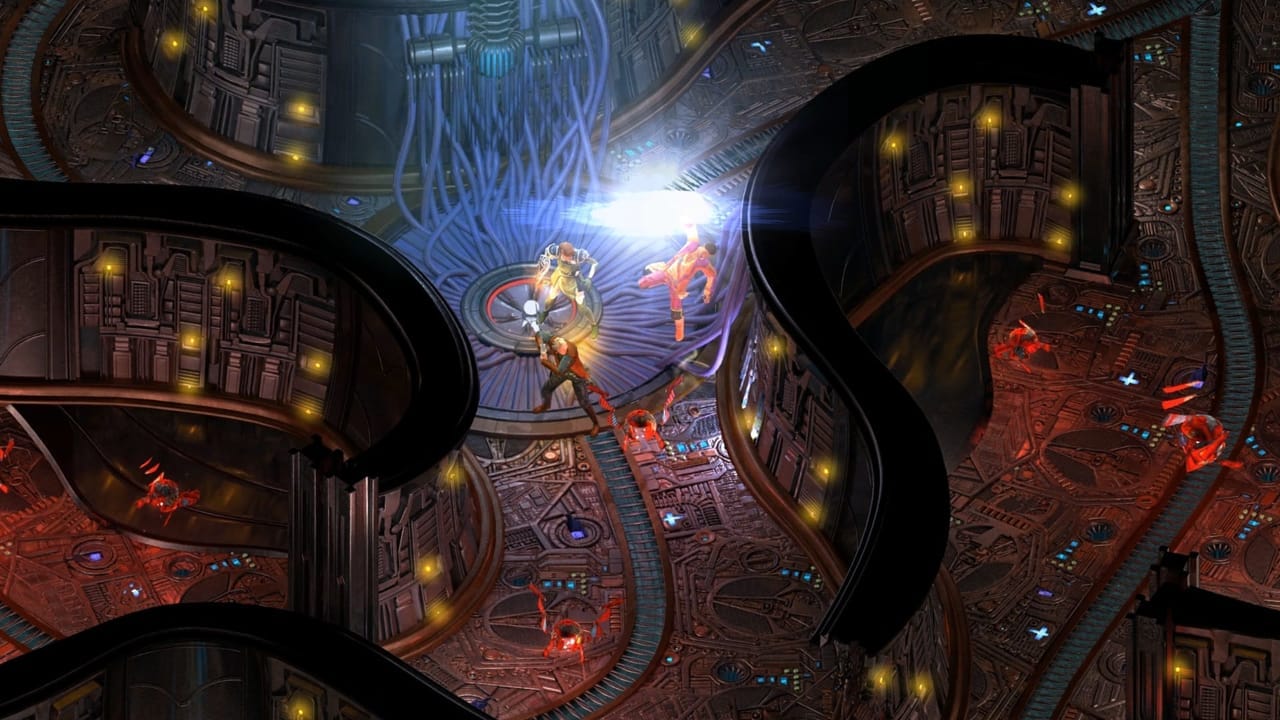
Of course, there are instances where things go awry and combat cannot be avoided, or you're perhaps playing a more trigger-happy protagonist. The combat system in Torment: Tides of Numenera is simple but functional. It is turn-based, with your party and the enemies alternating your actions. Every character can do a movement and an action each turn. Actions include attack, cast an esotera (Ninth World’s magic), interacting with the environment, using an item, an ability or a cypher. Once the whole party has acted, the enemy can do their thing and so on and so forth. Not a complex system but it is crafted well enough to create compelling encounters where positioning and flanking can become crucial.
The last mechanic left to explain is the cypher system. Cyphers are a particular kind of Numenera. They appear in many forms and each of them has a particular effect which is unique within the game. Some of them give you a huge stat boost for a limited time, while others can unleash hell upon enemies or make you really charming for the rest of the day. Each character has slots in which you can equip the cyphers and use them whenever available. The catch is that cyphers are consumable items. You use one once and it’s gone forever.
This limitation will tickle the gamers’ instinct of hoarding consumables until the end of the game in case they're needed. We all do it with ammunition for powerful weapons or health potions. Well, you’ll not be able to do it in this case. Cyphers are remnants of ancient technology that tend to not play nice with each other. Carrying multiple of them at the same time can have unpleasant consequences. This means that having more cyphers on a character than your Cypher skill allows you to, will net you negative statuses until you get rid of the surplus. You’ll want to use the cyphers as soon as you need them in order to make room for the new ones to come. It’s an intelligent way to prevent players from carrying dozens of powerful artifacts at once without ever using them. Luckily the world is full of interesting cyphers to use so you’ll hardly ever find yourself unarmed.
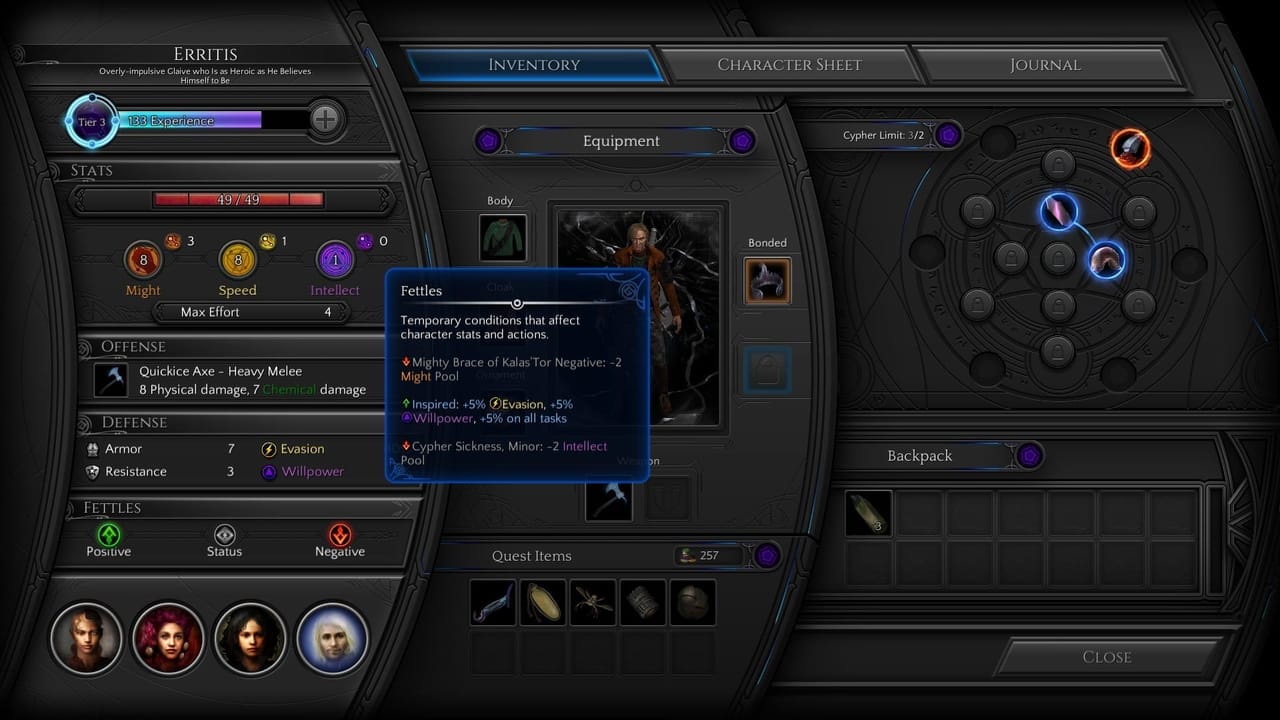
So far, we acknowledged Torment: Tides of Numenera’s amazing writing and worldbuilding, but where it lacks is in the technical compartment. The game presents a great art style and aesthetic which is reminiscent of classical RPGs. The environments are well curated and the sound effects do a good job of transporting you into the game world. Yet, it still feels like more could have been done graphically.
The characters are not particularly well defined even when zooming up close. The models are not very complex and, while the game does a great job in exposing what is happening via text, more animations during the dialogues would really improve the experience. The sound and music are in general nothing to write home about either. They are of good quality, fit the theme of the game and manage to put you in the mood of the events every time, but you will hardly remember most of the tracks after you close the game.
All in all, Torment: Tides of Numenera is a game that dared to take some risks. It decided to carry on a cumbersome legacy and it mostly succeeded in doing the Torment name justice. Fans of Planescape: Torment and fresh players alike will find something to enjoy in InXile’s latest work.
Torment: Tides of Numenera was reviewed on PC via Steam with a code provided by the publisher. It is also available DRM-Free on GOG (Affiliate), and on Xbox One and PlayStation 4
Review Summary
Amazing writing, an interesting yet gritty world to explore and a charming set of characters. All this, united with the unique set of mechanics, make Torment: Tides of Numenera a must play for most RPG fans, whether or not they've played Planescape: Torment.
(Review Policy)Pros
- Wonderful Writing
- Good Replayability
- Gritty and Well Made Art Style
Cons
- Outdated Presentation
Have a tip, or want to point out something we missed? Leave a Comment or e-mail us at tips@techraptor.net
